The best solutions for most of Microsoft’s operating system issues require you to boot to the command prompt on Windows 10. While Windows has a built-in feature that helps you do that, if the OS is unable to load system files to the memory, you must use the command prompt from boot to access your PC.
An instance of a command prompt from the startup is technically called an external command prompt, and it allows you to perform almost all administrative tasks that Windows prohibits doing otherwise. Once you access the external command prompt, you can enter the commands to resolve the problems.
Considering that many fixes require you to open the command prompt on startup in Windows 10, some most common methods to getting the job done are covered here.
Method 1: Open Windows 10 Command Prompt Using Advanced Startup Options from Settings
This is the simplest method as it doesn’t require you to have any additional disc or USB to boot to the command prompt from startup. However, this procedure only works if Windows 10 boots successfully and you can sign in to your account.
Once you’re logged in, everything else is easy. The steps are given below:
Step 1: Get to the Advanced Startup Screen
Click Start and click Settings from the left of the Start menu.
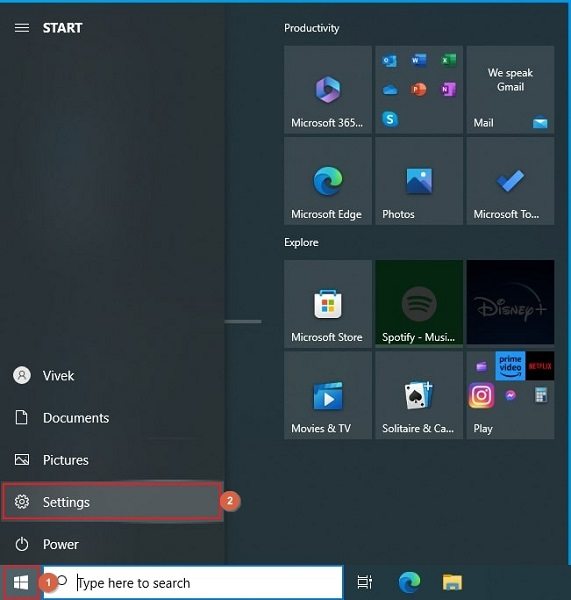
From the Settings window, click Update & Security.
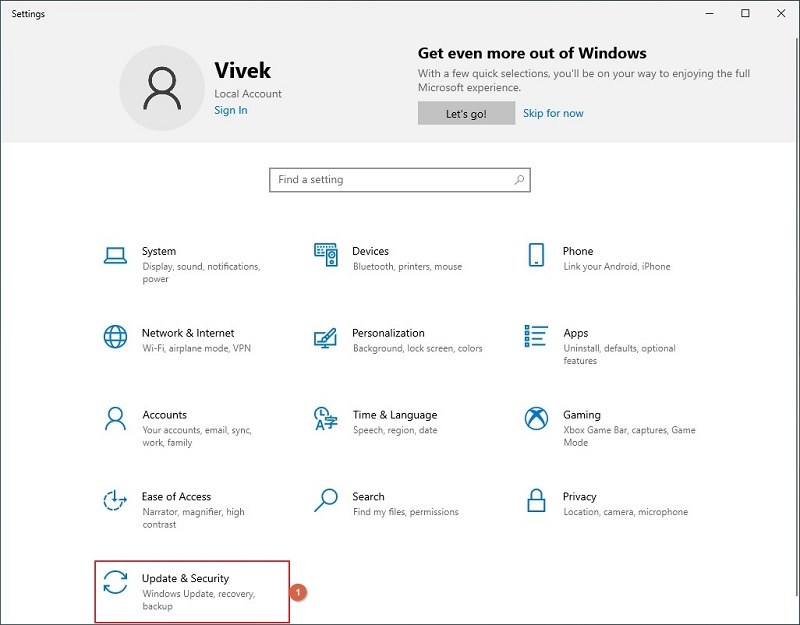
On the next screen, click Recovery from the navigation bar on the left, and click Restart now from the Advanced startup section in the right window.
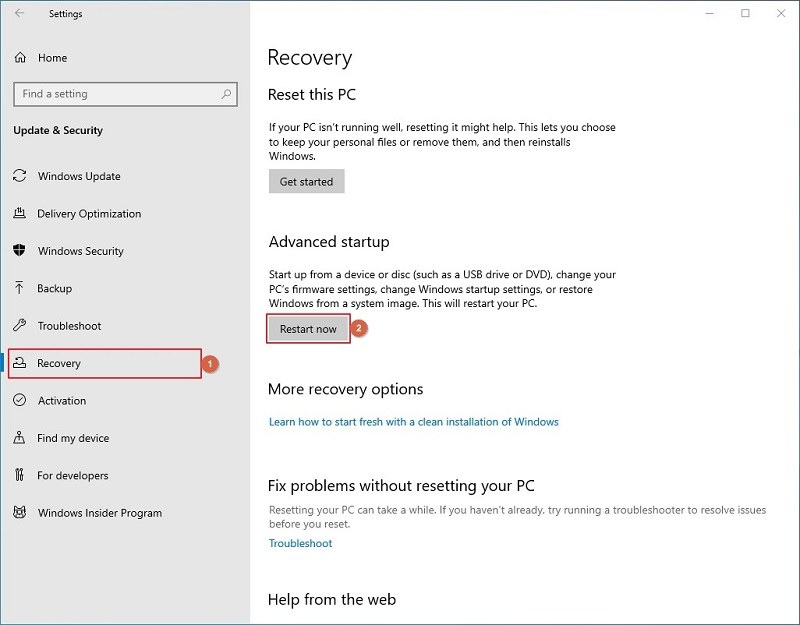
Wait while your computer restarts.
Step 2: Boot to Command Prompt
On the Choose an option screen, go to Troubleshoot > Advanced options, and click Command Prompt.
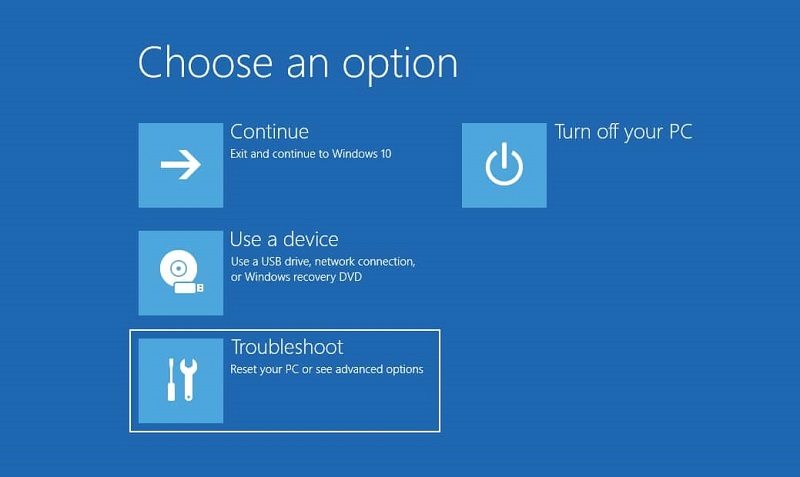
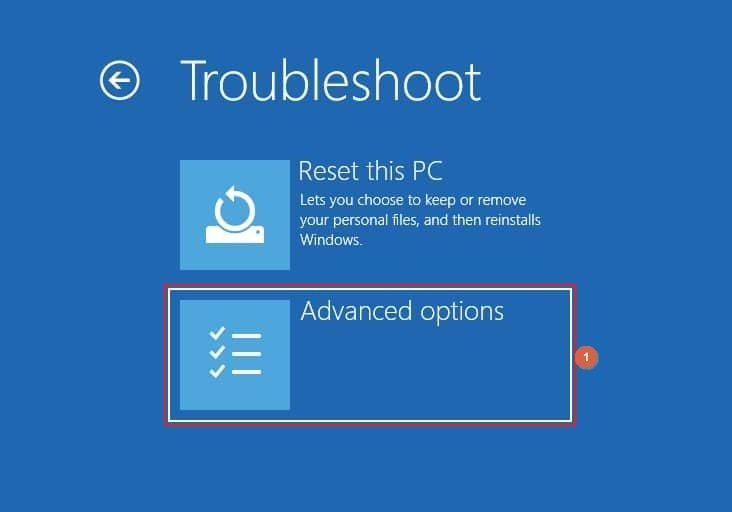
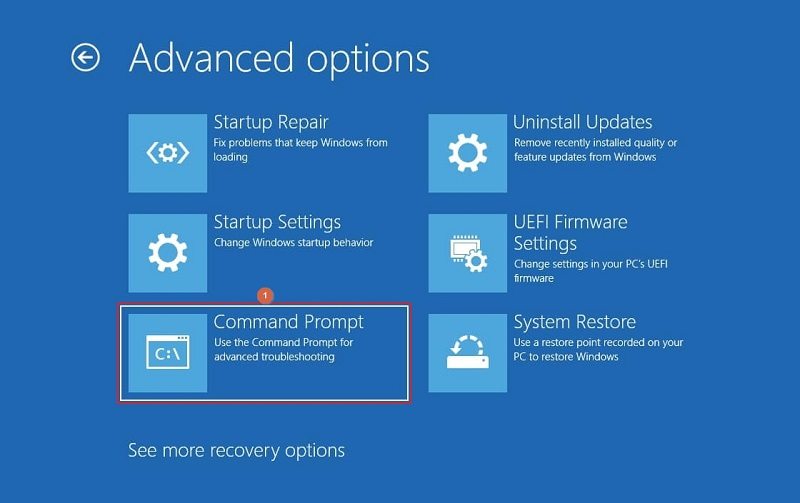
Wait while your PC boots to the Command Prompt window.
Step 3: Access the Command Prompt Instance
On the Command Prompt screen, click the user account you want to use to access the command line interface.
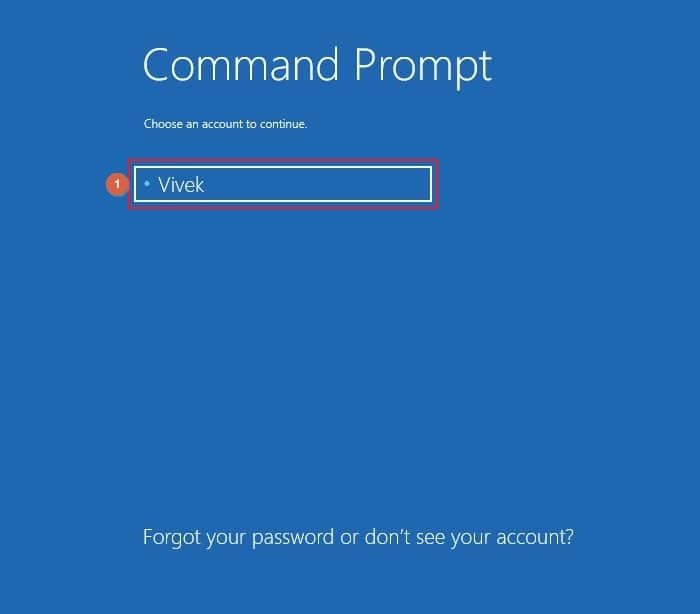
Enter the password for the account on the next screen and click Continue to access the Command Prompt from boot.
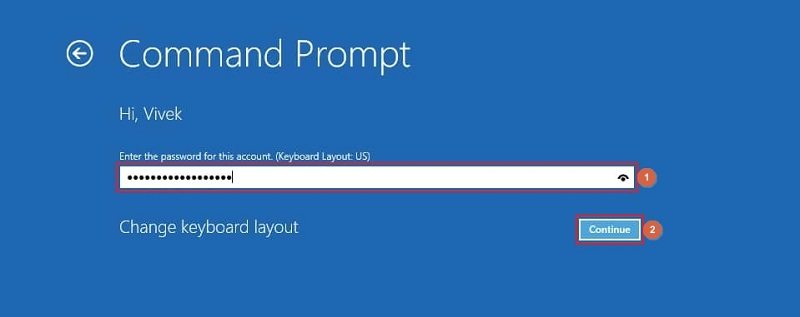
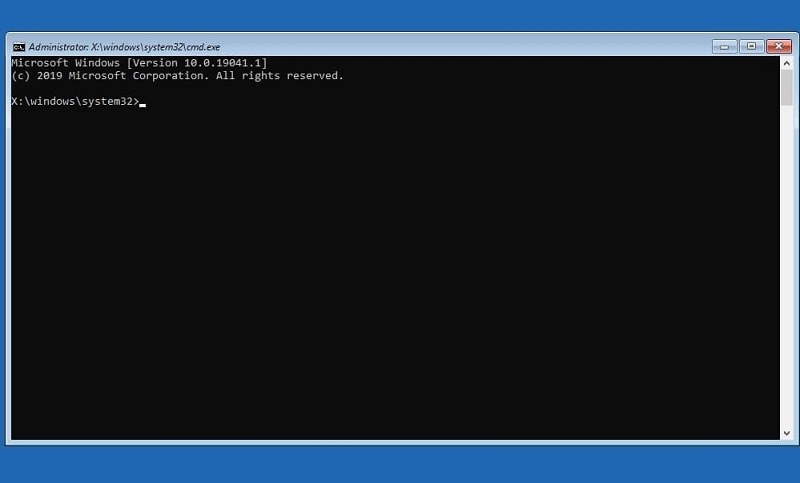
Method 2: Open Windows 10 Command Prompt Using Advanced Start Options from Startup
You may want to access the command prompt on boot using this method when Windows fails to start normally and you can’t go to Settings from within the operating system. Nevertheless, even this procedure to boot to the command prompt in Windows 10 is as easy as the previous one, and it is explained below:
Step 1: Get to the Automatic Repair Window
Power off your computer if it is on. Turn it on and when the system files begin to load, press the physical Reset button (on a desktop computer) or long-press the Power button (on a laptop PC) to restart it abruptly. Repeat this process two more times, i.e., until you see the Preparing Automatic Repair screen.
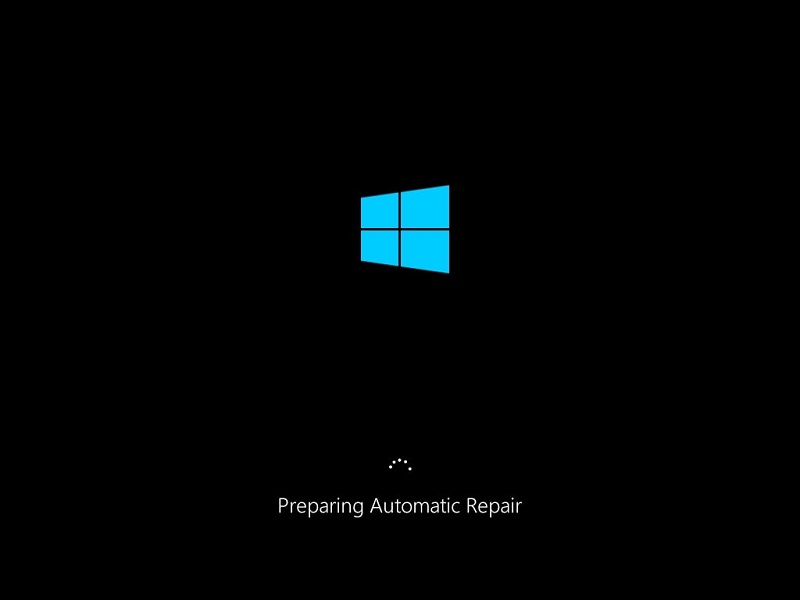
Wait while your PC boots to the Automatic Repair window.
Step 2: Get to the Advanced startup options Screen
On the Automatic Repair window, click Advanced options.

Wait while your PC boots to the Choose an option window.
Note: This is the Advanced startup options screen (or mode).
Step 3: Boot to Command Prompt
On the Choose an option screen, click Troubleshoot.
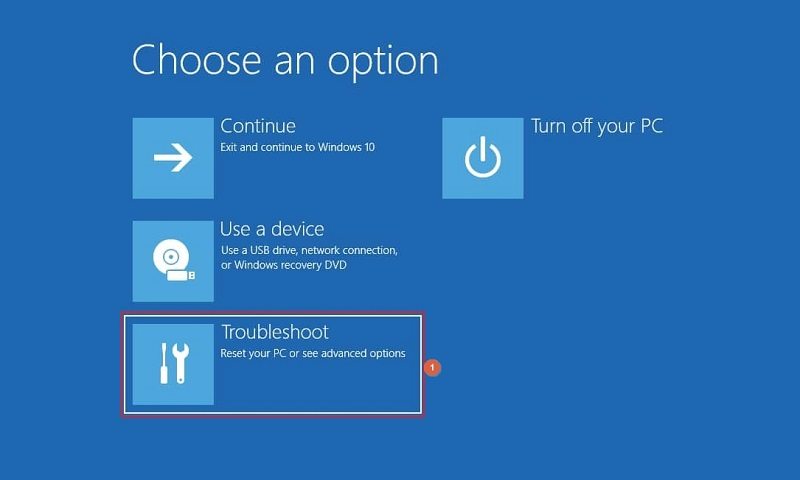
From this point onwards, follow the steps explained in the previous method to boot to the command prompt on Windows 10.
Method 3: Boot to Command Prompt on Windows 10 Using Windows Installation Disk
For this method, you need a Windows 10 installation disk, a bootable DVD or USB drive with the installation files. You can obtain the Windows 10 bootable ISO file and use it to create an installation USB disk or DVD.
Once you have the installation media, you can follow the steps given below to get to the command prompt from startup:
Step 1: Boot the Computer with the Bootable Media
Turn on your PC and access the boot menu by pressing the correct key on your keyboard.
Note: The key to enter the boot menu may vary depending on the brand and model of your desktop or laptop PC. You may want to check the user’s manual shipped with the computer or conduct a quick online search to find the correct key. For some, it is F8, while others support F12 or Esc key.
Once inside the boot menu, choose the correct media type, i.e., DVD or USB, to start the PC, and wait until you get to the initial installation screen.
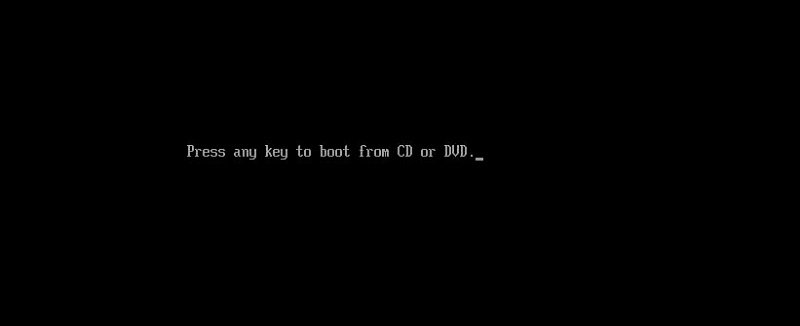
Step 2: Get to the Advanced startup options Screen
On the initial screen, leave everything intact and click Next.
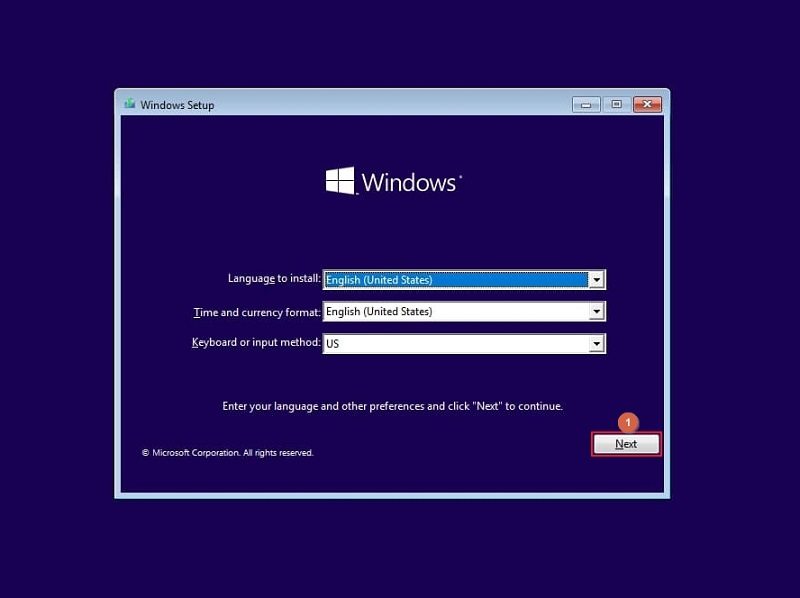
On the window that appears, click Repair your computer from the bottom-left area and wait while your PC goes to the Choose an option screen.
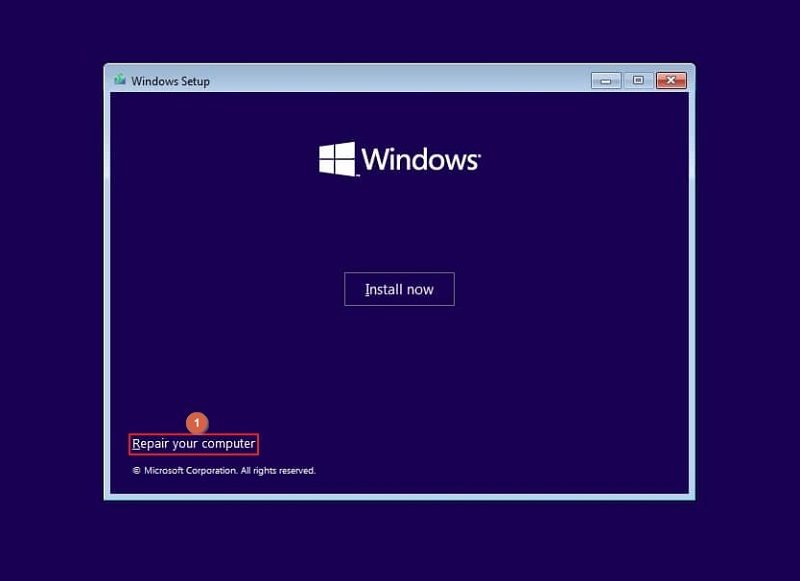
Step 3: Get to the Command Prompt Screen
Click Troubleshoot on the Choose an option window, and on the Advanced options screen, click Command Prompt to get to the command prompt window.
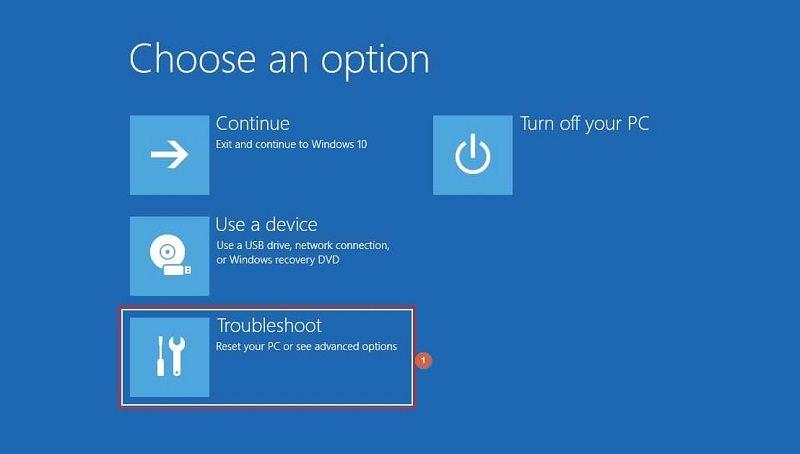
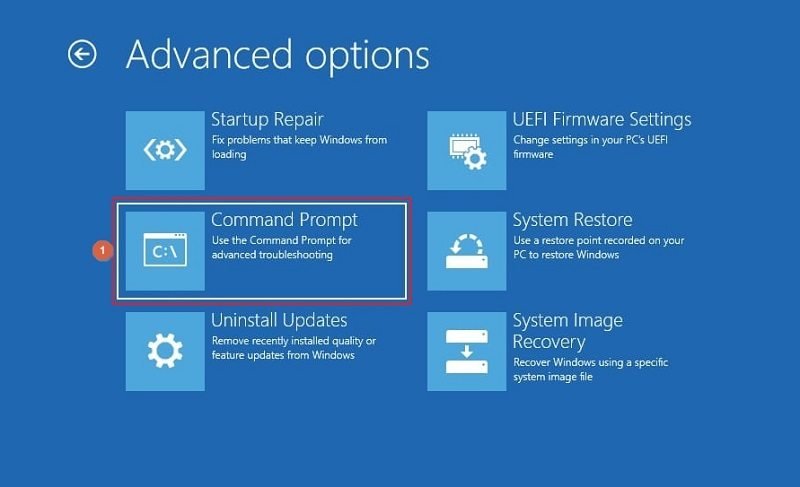
FAQs About Command Prompt on Boot
What should I do after I open the command prompt from boot?
Once you access the command prompt externally, you can start entering the troubleshooting commands to fix your PC’s issue. Many professionals use this interface to rebuild the Master Boot Record (MBR), remove malicious files, fix startup issues, reset Windows 10 admin passwords, etc.
Won’t my PC get damaged if I reset it abruptly to get to the Automatic Repair screen?
As long as you are quick enough to reset the computer before the files are fully loaded into the memory, your operating system remains safe. The same principle applies to the hardware too.
However, you must not make this a regular habit. If your computer needs frequent troubleshooting, try creating a Windows 10 bootable installation media to access the command prompt on boot.
Is downloading the Windows 10 ISO file from the Microsoft official website legal to create a bootable media?
Yes, it is legal to do that. However, if you use that media to install the operating system on your PC, you must purchase a valid product key to activate your copy of Windows. You can buy the license key via the Microsoft Store app present within the OS.
Conclusion
Accessing the command prompt from boot is easy if you know the correct procedure. If your copy of the operating system can’t boot normally, you can get to the command prompt from the startup window using the Automatic Startup Repair feature as explained in Method 2. If nothing helps, you can always pick the installation media approach explained in Method 3 to boot to the command prompt on Windows 10.


